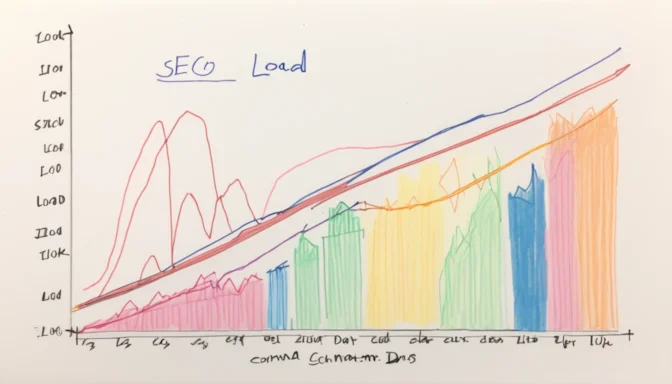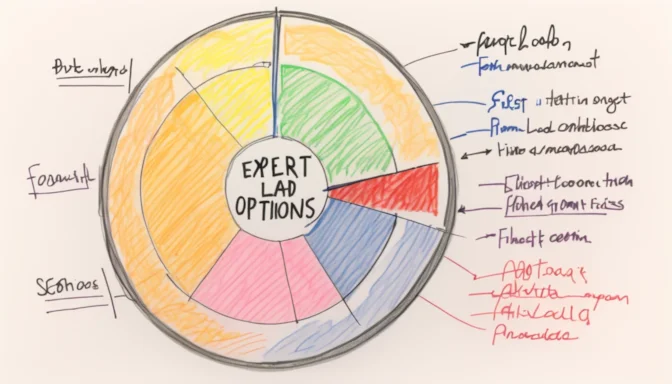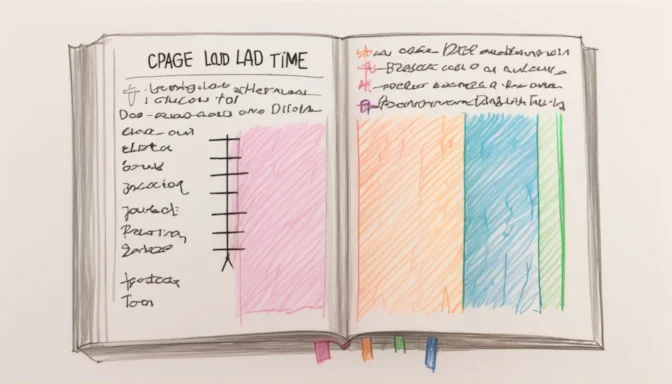What is a Good Loading Time?

A good web page load time typically falls between 0-2 seconds. While up to three seconds is still considered acceptable, any longer and you risk increasing the likelihood of visitors abandoning your site.
Why is Load Time Important?

Load time has a direct impact on SEO by affecting key metrics such as user experience, bounce rate, conversion rate, and search engine ranking. Thus, understanding and optimizing load time is essential for website success.
How to Measure Your Load Time

To measure your website's load time, you can utilize free tools like Google's PageSpeed Insights or DebugBear Speed Test. These tools offer actionable recommendations to enhance your site's performance.
Criteria for Fast Load Time

On desktops, a fast page load time is generally under 2 seconds. To break it down, 28% of industry experts believe a load time under 1 second is ideal, while 39% consider under 2 seconds to be good.
Defining Loading Time

Loading time, also known as Page Load Time, measures the time required for all elements on a web page to fully display. It's sometimes also called Page Speed.
Indicators of Slow Loading Time

If a page takes longer than 2.5 seconds to load, it's deemed slow. Another metric to consider is First Input Delay (FID), which measures the time it takes for a page to become interactive following user engagement.
Factors Affecting Load Time
Various factors like the hosting server, bandwidth, and web page design can influence load time. Other contributors include the user's location, the device in use, and the type of browser.
The Significance of Fast Load Times

Fast load times are crucial for ensuring a positive user experience and achieving higher search engine rankings. If a page takes longer than 3 seconds to load, the likelihood of a visitor leaving your site nearly triples.
Load Time vs. Run Time

Load Time and Run Time are distinct metrics serving different purposes. Load time gauges how quickly a web page displays its content, while run time involves the execution of program instructions.
Optimal Load Time for Mobile

For mobile web pages, achieving a load time of less than 3.2 seconds places you among the top 20% of websites, while a time under 2.6 seconds ranks you in the top 10%.
 E-Commerceo
E-Commerceo
